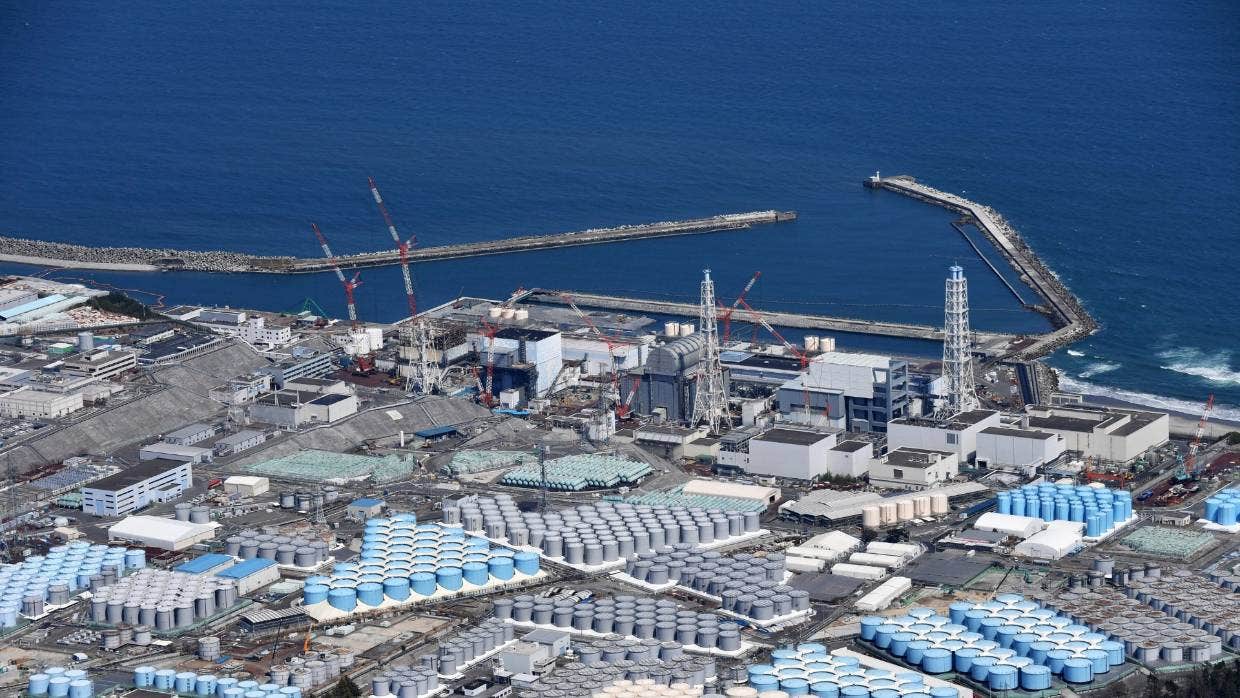Despite a decision to delay the release of more than 1 million tonnes of treated nuclear wastewater into the Pacific Ocean this summer, Japan has started conducting tests at its Fukushima power plant.
In January, the Japanese government announced it was adopting a revised action plan on the discharge.
The Pacific Islands Forum (PIF) said Japan had assured them it would hold off until experts verified it was safe to do so.
But last Tuesday, the operator of the Fukushima nuclear plant – Tokyo Electric Power Company Holdings (TEPCO) – said it was testing a process to release the water into the sea.
The discharge – planned over the next 30 years – has been strongly opposed by local fishing communities and neighbouring countries including the Pacific.
A Forum delegation, led by chair and Cook Islands Prime Minister Mark Brown, travelled to Japan in February to convey the Pacific’s concerns.
When a magnitude 9.1 earthquake and tsunami hit off the coast of Japan in March 2011, it caused a meltdown at the Fukushima plant.
Japan said repairs had been made to the facility, but now there were 1.3 million tonnes of wastewater sitting in huge storage tanks.
Tepco said by next year, the Fukushima plant would run out of space, adding that this week’s tests were using fresh water instead of the treated water.
Plant workers had examined pumps and emergency shutdown equipment at the newly constructed seaside facility, which would dilute the treated water with large amounts of seawater.
The diluted water then enters an undersea tunnel and is released into the ocean about 1 kilometre from the coast.
The undersea tunnel and other key facilities were near completion and Tepco said the voluntary tests would continue for about two weeks ahead of mandatory pre-operation checks to be conducted by the Nuclear Regulation Authority, possibly in early July.
But the Pacific Islands Forum said last week its independent experts were not convinced the release would be safe.
Forum secretary-general Henry Puna said critical issues remained, and he urged Japan to honour its commitment made to the Pacific that “no discharge will be effected unless it is safe to do so.
“We had agreed to postpone that while we work on the technical aspect of the issue, to ensure that our scientists are happy that the water is not contaminated in any way,” Puna said.
“Questions remain on the protection of oceanic ecosystems, a thorough application of safety and environmental rules, including IAEA’s GSG-8, and how elementary rules, notably in relation to the ALARA principle, should be applied with reference to trans-boundary issues,” Puna said.
“ALARA is the guiding principle of radiation safety and stands for as low as reasonably achievable. ALARA means avoiding exposure to radiation that does not have a direct benefit to humans, even if the dose is small.
“PIF independent experts remain concerned that adherence to current nuclear standards does not necessarily reflect adherence to ocean, environment and human health safety standards which make this Fukushima issue unique and unprecedented for the global community,” he said.
Puna said PIF experts were also concerned at the lack of Tepco research on marine species more common to the Pacific nations, “leaving them unable to provide an informed decision to members on a priority gap around ecosystem and food security impacts”.
Japan has maintained the water would be treated to “legally releasable levels” and further diluted with large amounts of seawater.
Scientific experts advising the Pacific Islands Forum on Japan’s proposed nuclear wastewater discharge from the Fukushima plant hold a virtual meeting with officials from the International Atomic Energy Agency (IAEA).
Japanese officials said the water would be gradually released into the ocean over decades through an undersea tunnel, making it harmless to people and marine life.
SOURCE: STUFF NZ/PACNEWS














